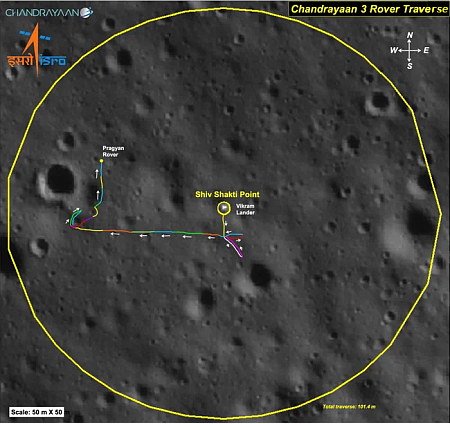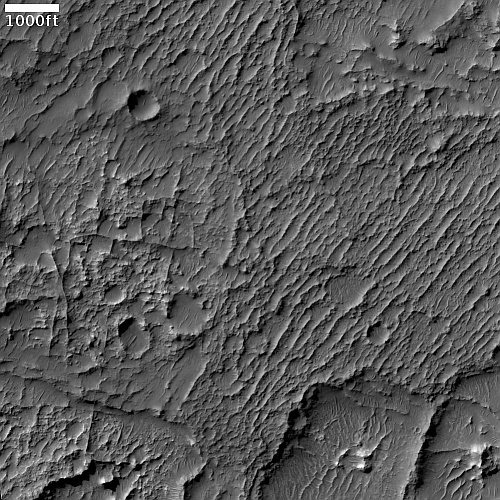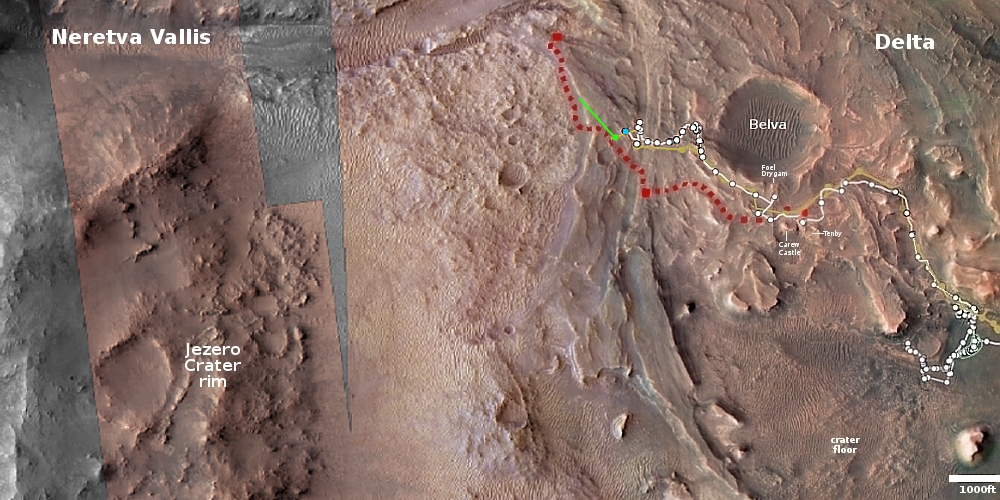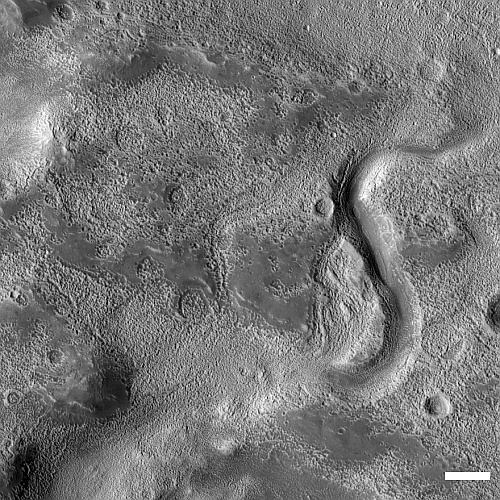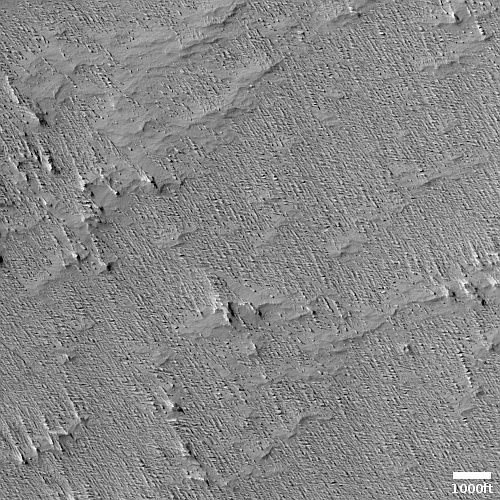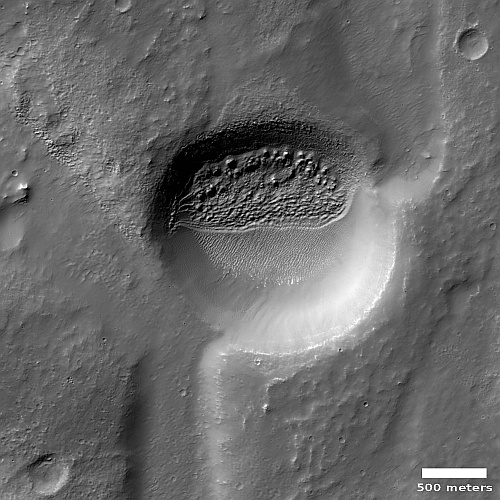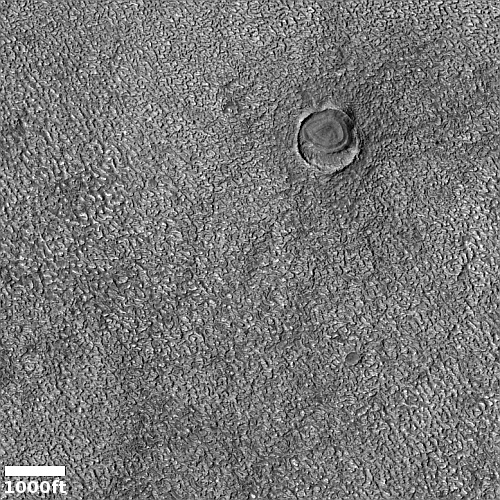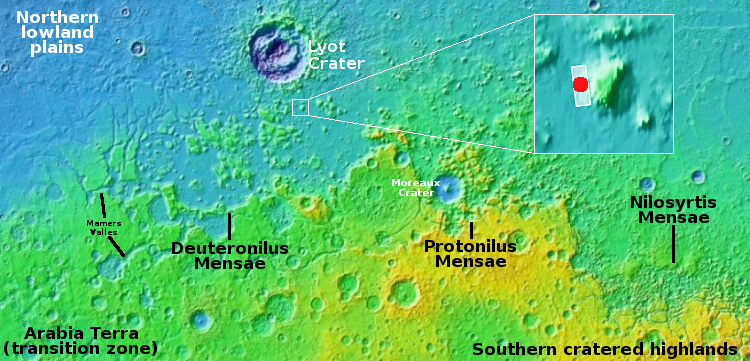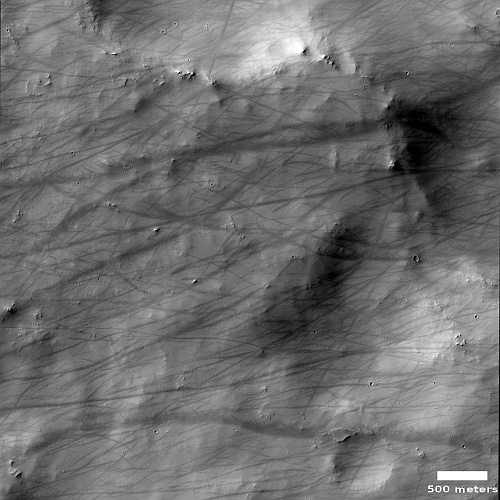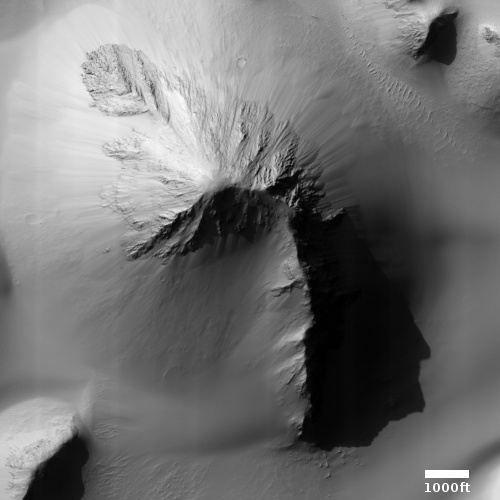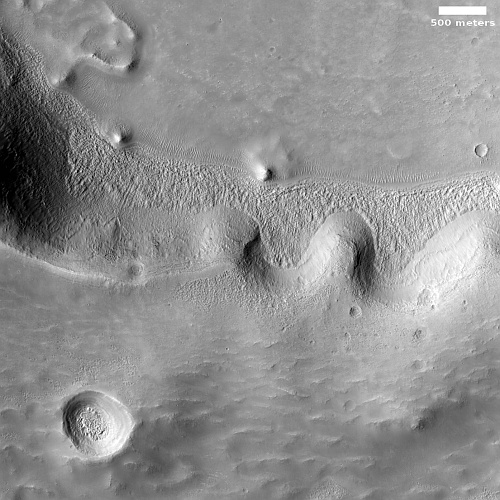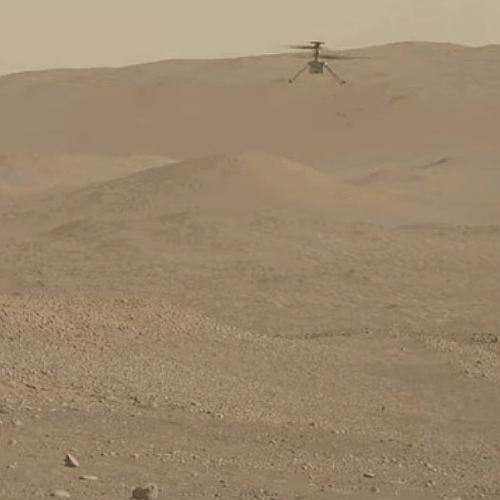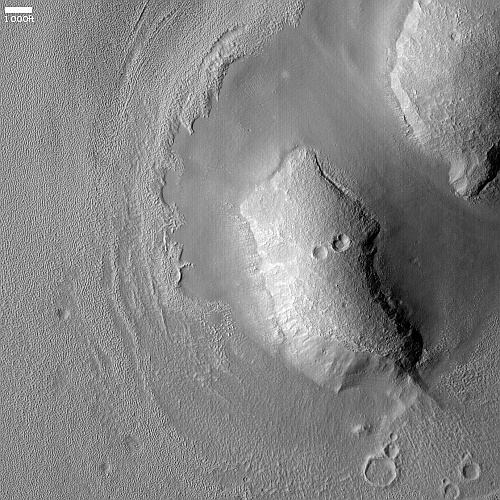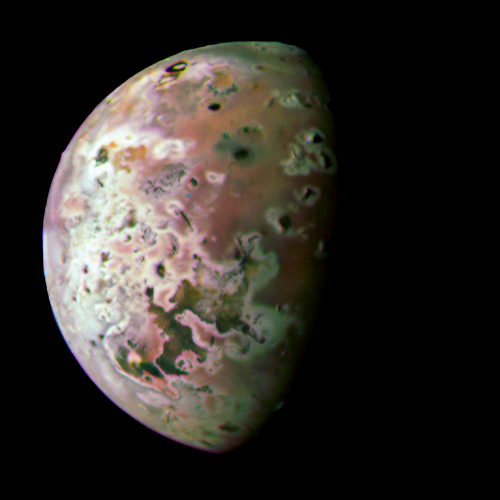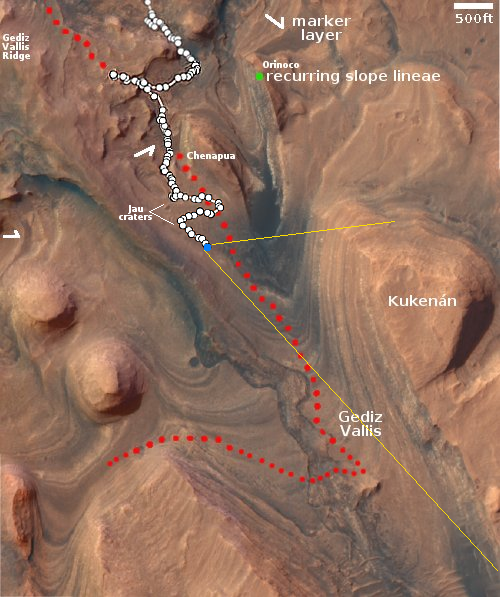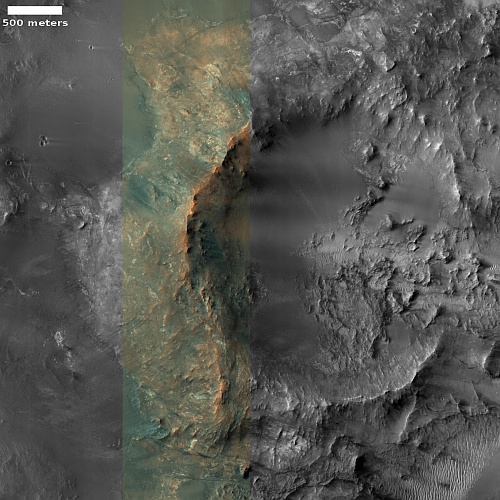Pragyan rover moves more than 300 feet away from Vikram
India’s space agency ISRO today released a map, shown to the right, that shows the entire traverse so far completed by its Pragyan rover in the Moon’s high southern latitudes. It has so far traveled more than 100 meters, or 300 feet, and continues to operate as planned.
The part of the traverse just south of the Vikram lander is where the lander filmed the rover doing several quick maneuvers and a 360 degree spin as engineers tested its operation before heading out on a longer journey. The rover’s image of the crater that the rover avoided, though released first, was actually taken afterward, after the rover had moved to the west.
Lunar sunset is in two days. Though engineers are preparing both Vikram and Pragyan for hibernation during that long lunar night, neither was designed to survive that extreme environment.
India’s space agency ISRO today released a map, shown to the right, that shows the entire traverse so far completed by its Pragyan rover in the Moon’s high southern latitudes. It has so far traveled more than 100 meters, or 300 feet, and continues to operate as planned.
The part of the traverse just south of the Vikram lander is where the lander filmed the rover doing several quick maneuvers and a 360 degree spin as engineers tested its operation before heading out on a longer journey. The rover’s image of the crater that the rover avoided, though released first, was actually taken afterward, after the rover had moved to the west.
Lunar sunset is in two days. Though engineers are preparing both Vikram and Pragyan for hibernation during that long lunar night, neither was designed to survive that extreme environment.

